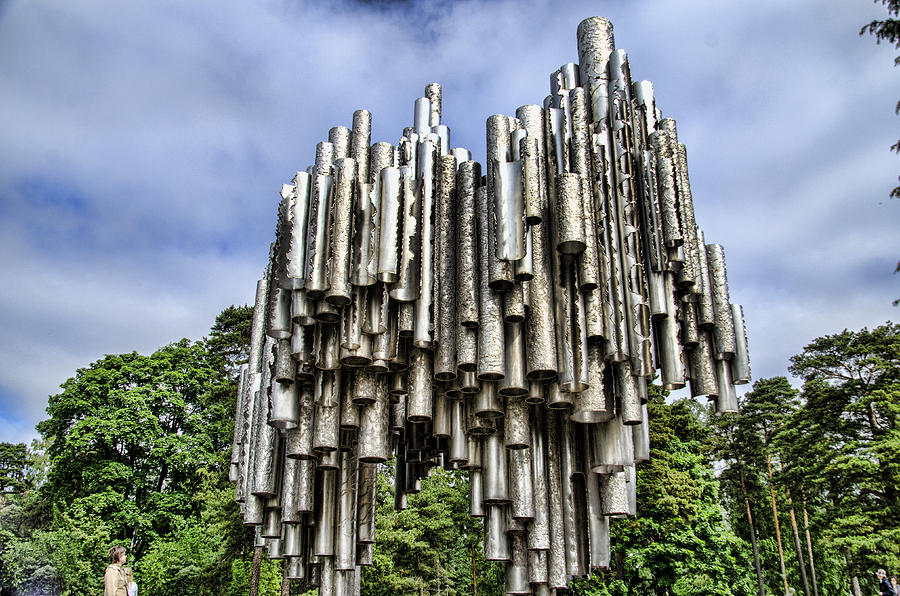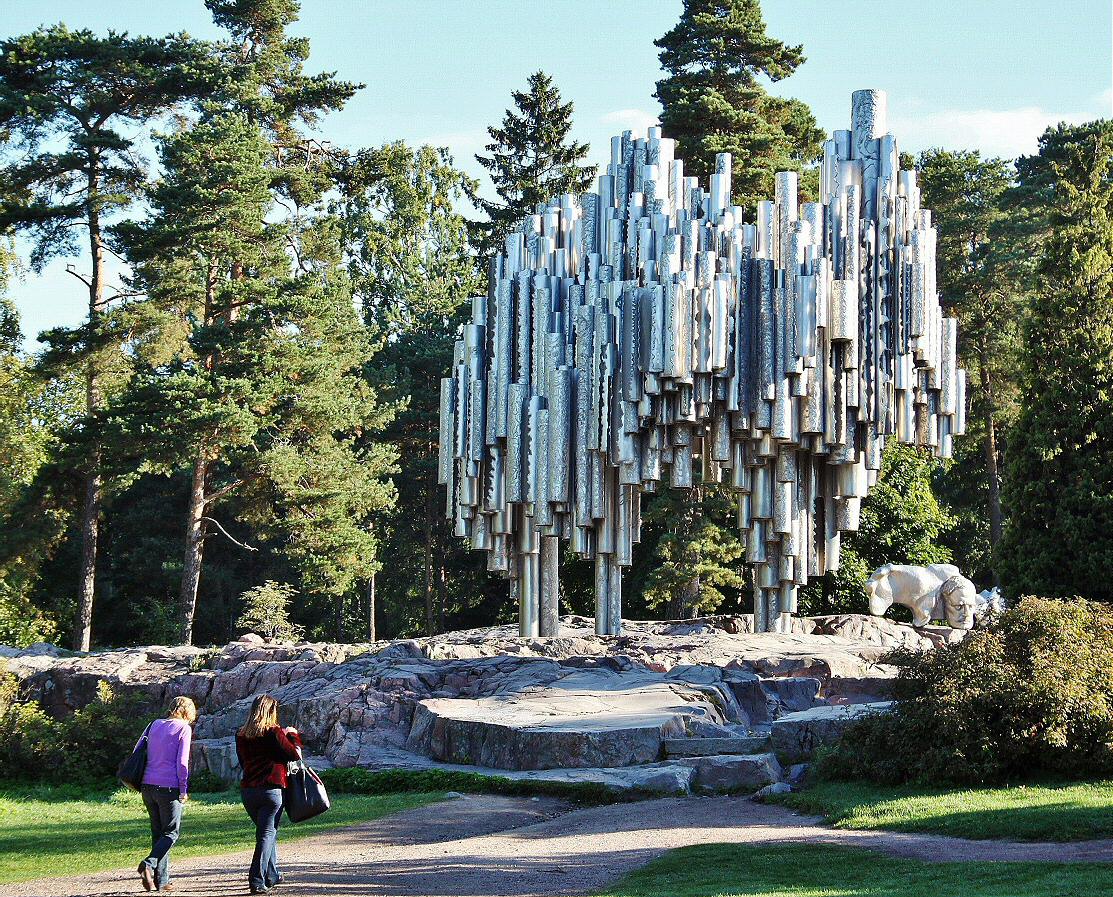

In Nanut's hands, the color is there but the ardor is lacking, which I attribute to the conductor not grasping sufficiently the Sibelian dialect. There is a yearning, an intensity, an almost unbearable passion burned into the finale which only the worst performance will fail to impress upon the listener. The incredibly original musical crescendo which Sibelius employs to bridge the third and fourth movements always emerges as one of music's most thrilling affirmations. Everything is a bit rushed, too, and shrill. "Vivacissimo" is the heading for the third movement, and here Nanut sounds more like an accomplished conductor of German music than of Finnish music. Much detail is revealed in the following movement, although the expression of the trumpet here is weak (I found the trumpet playing overall not to my liking aside from lacking the correct 'accent' for the music, the tone was rather nasally and vibrato-laden). The opening allegro offers some fine wind playing, but is a little superficial.

Clarity of line is one characteristic of their performance of the Symphony. Having made the point, I must say that on the surface Nanut and his orchestra give a pretty good account of themselves.

Critical to any performance of these works are the orchestral attacks (including crescendos and diminuendos), section balances and sonorities – all which create a musical accent uniquely this composer's own. At any rate, Sibelius was not Tchaikovsky, nor was he Wagner or Debussy. "You simply can't perform the music properly without an understanding of and sympathy for the Finnish mentality", Petri tells me.
#SIBELIUS FINLANDIA HOW TO#
This is an exciting prospect but do the Yugoslav musicians know how to "do" Sibelius?Īs our Finnish friend Petri Lehto has told us, getting Sibelius right is a tricky thing, especially for non-Finns. The winner was Aarre Aaltonen (1889–1980) and his work Ilmatar and the Scaup, in bronze, was unveiled in 1946.The Stradivari label has seen fit to record two of Sibelius' most well-known compositions, the rousingly patriotic Finlandia and the much more substantial Second Symphony. In 1939 the Leo and Regina Wainstein Foundation organised a competition for sculptors to design a work that depicted a scene from Finland's national epic The Kalevala, which would be erected in the park. A work with a similar concept, also designed by Hiltunen, is located at the grounds of the Headquarters of the United Nations in New York City. Hiltunen's aim was to capture the essence of the music of Sibelius.Ī smaller version of the monument, "Homage to Sibelius", is located at the UNESCO headquarters in Paris. The monument weighs 24 tonnes (24 long tons 26 short tons) and measures 8.5 by 10.5 by 6.5 metres (28 ft × 34 ft × 21 ft).
#SIBELIUS FINLANDIA SERIES#
It consists of series of more than 600 hollow steel pipes welded together in a wave-like pattern. Hiltunen addressed her critics by adding the face of Sibelius which sits beside the main sculpture. Originally it sparked a lively debate about the merits and flaws of abstract art and although the design looked like stylised organ pipes it was known that the composer had created little music for organs. The competition took two rounds after one early winner was abandoned.

The sculpture won a competition, organised by the Sibelius Society, following the composer's death in 1957. The monument is a sculpture by Finnish artist Eila Hiltunen titled Passio Musicae and was unveiled on September 7, 1967.


 0 kommentar(er)
0 kommentar(er)
